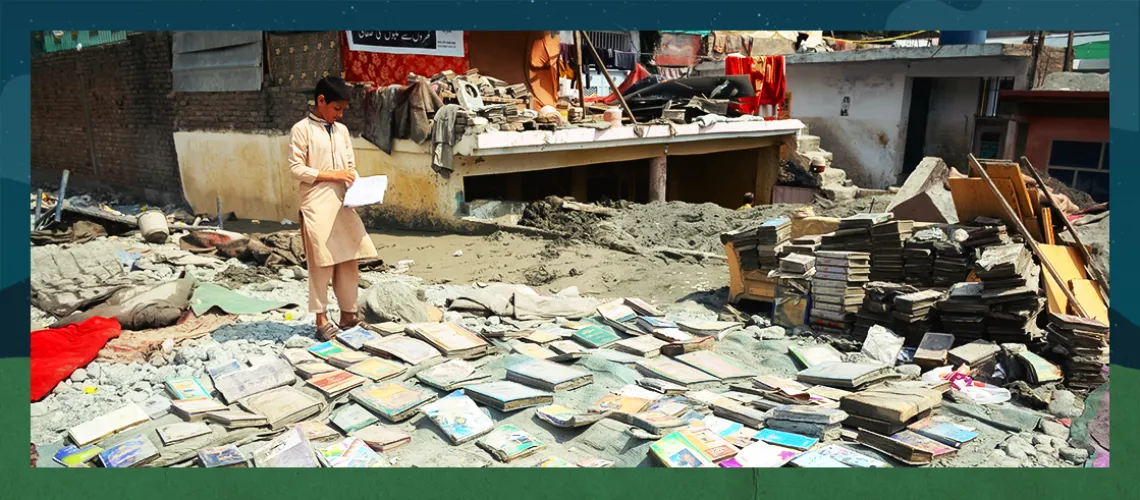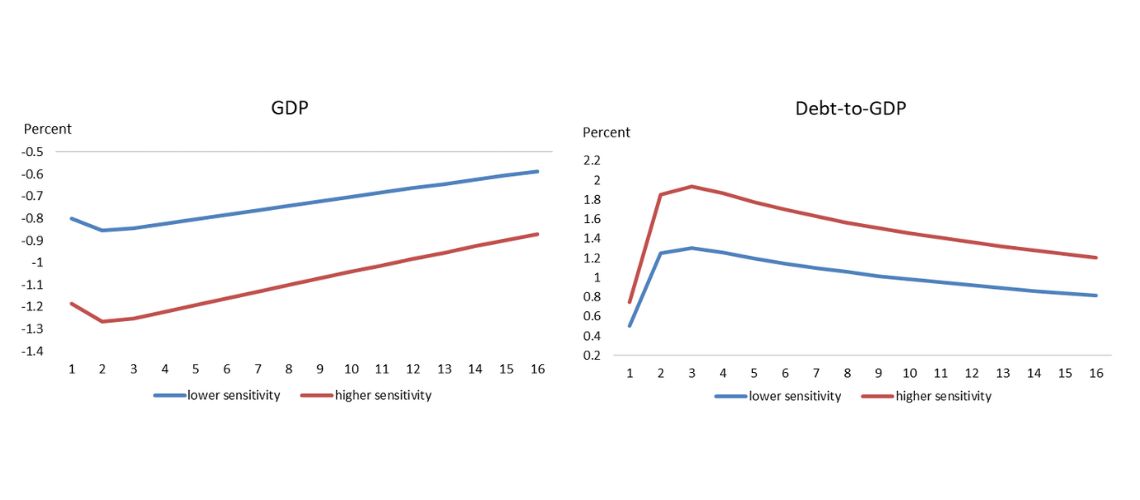Read Time:4 Minute, 43 Second

So how can governments regain fiscal space to meet climate adaptation needs?
- Plan fiscal consolidation. Broadening the tax base by reducing levels of informality and establishing effective reporting and auditing systems through digitalization efforts should help increase revenues. Further, reducing public expenditure inefficiencies like existing fossil fuel subsidies could free up significant public resources.
- Get international support for debt restructuring. For example, renegotiating terms of servicing of existing debt in countries with significant debt vulnerabilities like Sri Lanka will complement fiscal consolidation efforts.
- Scale up the use of risk-transfer mechanisms. For example, climate and disaster risk insurance can mobilize private capital and protect households, firms, banks, and governments from climate-related and other natural hazards. See our Country Climate and Development Reports on Bangladesh, Nepal, and Pakistan. Regional insurance pools such as the Caribbean Catastrophe Risk Insurance Facility (CCRIF), the African Risk Capacity (ARC), and the Southeast Asia Disaster Risk Insurance Facility (SEADRIF) allow countries to pool their risks together and significantly reduce coverage costs.
- Enable sovereign disaster risk finance instruments such as credits or loans with a catastrophe deferred drawdown option (CAT DDO) as in the case of Bhutan, Nepal, Maldives, and Sri Lanka. These countries have developed and implemented these instruments successfully, and they can provide immediate liquidity following a disaster and increase the government’s response without undermining fiscal balances and development objectives.
With more fiscal space, South Asian governments will have more resources to expand resilient investment in the region.

Your previous studies in dry ports have shown that developing countries are more cluster-orientated, could you explain what this means?
Lazar Milivojevic is an Economist at the World Bank’s Global Macro and Debt Unit
